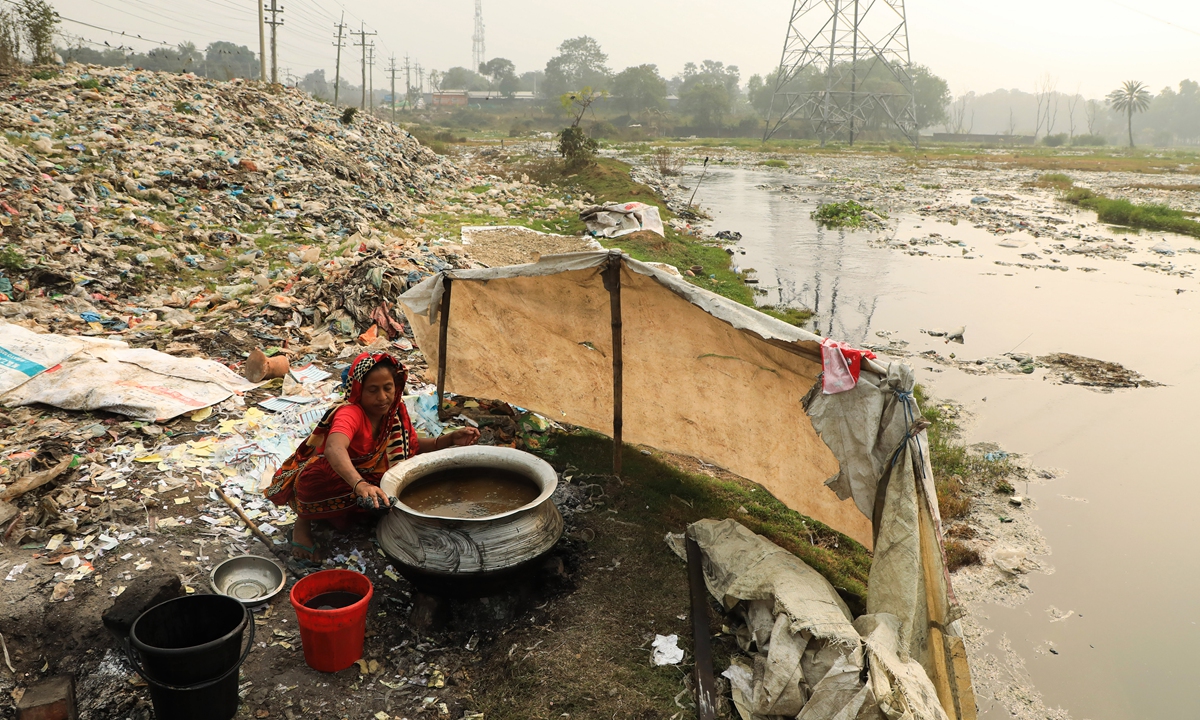By Sandra Simon,Sydney Elike
Copyright thesun

By Sandra Simon
Latest reports reveal insight into countries facing hardships while grappling with widespread poverty and the inability to access basic needs.
The following countries are ranked at the bottom with intertwined challenges like poverty, political instability, environmental risks, inadequate public services, pollution, overpopulation and so on.
Nigeria tops the list in the recent rankings due to the recent fuel subsidy removals and currency devaluation. This has resulted in inflation in costs for food, energy, transportation and cost of living.
Over 50% of the population lives in poverty, exacerbated by corruption, banditry, and kidnappings in regions like the north and northwest.
The Healthcare system is critically underfunded, with malaria, diarrheal diseases, and lower respiratory infections causing high mortality rates and deaths.
The rising population not only strains the economic system but also the education system and infrastructure, while unemployment and cost-of-living crises hit youth hardest, fueling inequality and social unrest.
2. Bangladesh
Bangladesh faces significant challenges, ranking second with a score of 77.0. The country struggles with economic collapse, climate vulnerability, and urban decay, exacerbated by high inflation and extreme weather events.
Severe pollution, particularly air quality, poses serious health risks, reducing life expectancy by 5.5 years.
Added to the above, urban poverty has risen due to job insecurity, with 85% of the workforce in the informal sector lacking protection.
Healthcare is strained, and political instability has worsened law and order.
Dhaka, the capital, is considered one of the least livable cities due to traffic, flooding, and limited access to clean water and nutrition.
3. Venezuela
This country’s quality of life score is 73.7, which reflects a severe humanitarian crisis driven by hyperinflation, corruption, and oil dependency.
Over 20 million people live in multidimensional poverty, facing inadequate access to food, water, and electricity.
The economy’s dramatic shrinkage has led to a 51.9% poverty rate and 71.7% projected inflation, resulting in widespread food insecurity and displacement.
Political repression and sanctions have exacerbated the crisis, leaving infrastructure in ruins and families struggling to survive amid scarcity and underemployment.
4. Sri Lanka
Sri Lanka’s quality of life score of 82.8 reflects ongoing challenges following the 2022 economic crisis. High inflation, debt, and outmigration of skilled workers persist, with cost-of-living pressures affecting daily life.
Public services struggle with power outages, water shortages, and traffic congestion, while healthcare and education access remain uneven.
Corruption and fiscal deficits have eroded trust, with 20% of the population in income poverty and limited job opportunities driving brain drain and informal employment.
Egypt faces economic challenges, scoring 83.2, with 33.5% of its population living in poverty. High debt payments, wheat import costs, and military spending strain health and education budgets, fueling inequality.
Inflation and bureaucracy frustrate daily life, while traffic and overcrowding add to the stress.
Despite optimism, bailout deals haven’t fully addressed social rights erosion or the rich-poor divide, leaving many struggling to make ends meet.
Iran faces a “triple crisis” of economic mismanagement, sanctions, and environmental issues, impacting its Quality of Life Index (86.7). Rising prices, power outages, and heatwaves push middle-class households into poverty, with 30% of households (25-26 million people) living below the poverty line.
Corruption and infrastructure neglect exacerbate issues like blackouts and water stress. Poverty persists among youth, and health risks are heightened by air pollution and malnutrition.
Weakened social institutions and a lack of access to healthcare worsen the situation. Urgent attention is needed for economic reforms, infrastructure investment, and social support to improve living conditions and restore stability.
Comprehensive solutions are crucial to address these challenges and rebuild citizens’ trust.
Peru’s multifaceted challenges, including widespread poverty, health disparities, and institutional decay fueled by corruption and political instability, severely impact citizens’ quality of life.
With 70% of the population living in poverty or vulnerability, the country’s economic and social progress is hindered.
Addressing these issues will require sustained efforts to improve healthcare access, reduce inequality, and restore public trust in institutions.